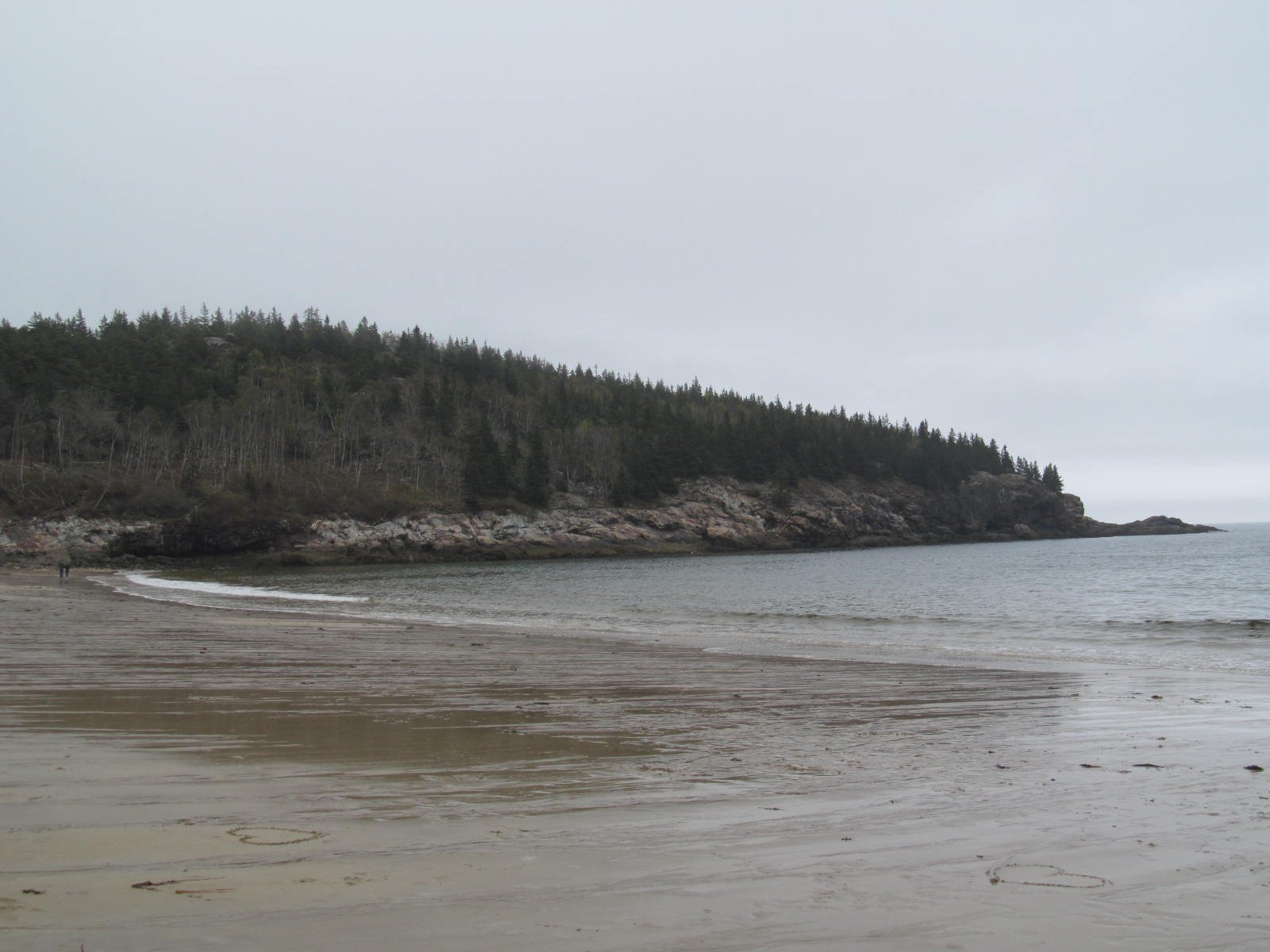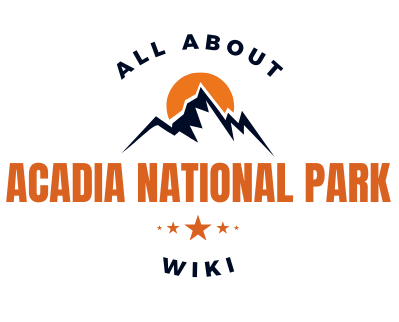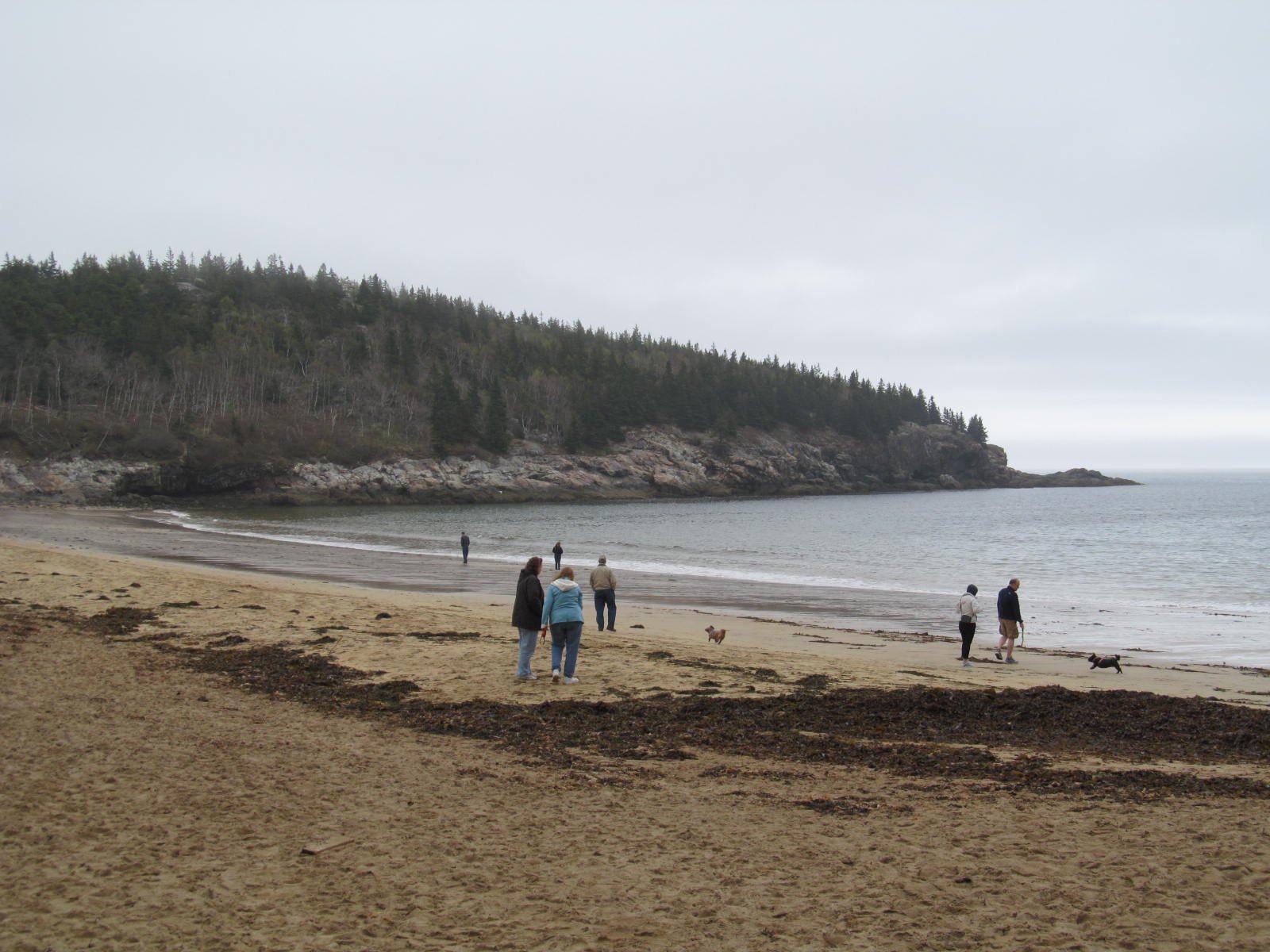Acadia National Park offers diverse climbing experiences, from challenging hiking trails to technical rock climbing routes. The park uses the Yosemite Decimal System (YDS) for rating climbing difficulties, with grades ranging from easy Class 1 hikes to expert-level Class 5 climbs. Bouldering enthusiasts can also find problems rated on the V-scale. Understanding these grades is crucial for climbers to choose appropriate routes and ensure a safe, enjoyable experience in Acadia’s stunning granite landscapes.
What Are the Main Climbing Grade Systems Used in Acadia National Park?

Acadia National Park primarily uses two grading systems for its climbing routes:
- Yosemite Decimal System (YDS): This system is used for rock climbing and hiking trails.
- V-Scale: This system is used for bouldering problems.
Let’s dive deeper into each of these systems and how they apply to Acadia’s climbing scene.
How Does the Yosemite Decimal System Work in Acadia?

The Yosemite Decimal System is the standard grading system used for rock climbing in Acadia National Park. It consists of five classes:
- Class 1: Easy hiking on a trail
- Class 2: More difficult hiking, possibly off-trail
- Class 3: Scrambling, may require hands for balance
- Class 4: Simple climbing, often with exposure. A rope is often used
- Class 5: Technical rock climbing
Class 5 is further subdivided into grades from 5.0 to 5.15, with letter grades (a, b, c, d) used for finer distinctions at higher levels. Here’s a breakdown of Class 5 grades:
| Grade Range | Difficulty Level |
|---|---|
| 5.0 – 5.7 | Easy to Moderate |
| 5.8 – 5.10 | Intermediate |
| 5.11 – 5.12 | Advanced |
| 5.13 – 5.15 | Expert |
In Acadia, you’ll find a wide range of Class 5 routes, catering to climbers of all skill levels.
What Are Some Popular Climbing Routes and Their Grades in Acadia?
Acadia National Park offers a variety of climbing routes with different grades. Here are some popular ones:
- Otter Cliff: This iconic sea cliff offers routes ranging from 5.5 to 5.12.
- “Old Town”: 5.7
-
“The Guillotine”: 5.10d
-
Great Head: Known for its challenging routes with stunning ocean views.
- “The Precipice”: 5.9
-
“Sea Stack”: 5.10a
-
South Bubble: Offers a mix of traditional and sport climbing routes.
- “Bubble Trouble”: 5.8
- “Bubble Bath”: 5.10b
Remember, these grades can feel different depending on factors like rock type, weather conditions, and individual climber experience.
How Are Bouldering Problems Graded in Acadia National Park?
Bouldering in Acadia National Park uses the V-scale, which ranges from V0 (easiest) to V16 (most difficult). Here’s a general breakdown of the V-scale:
- V0 – V2: Beginner
- V3 – V5: Intermediate
- V6 – V8: Advanced
- V9 – V16: Expert to Professional
Popular bouldering areas in Acadia include:
- Monument Cove: Offers a range of problems from V0 to V8.
- Blackwoods Campground: Features problems in the V0 to V5 range.
- Otter Point: Known for its challenging highball problems, ranging from V2 to V10.
What Factors Influence Climbing Grades in Acadia National Park?
Several factors can affect the perceived difficulty of a climb in Acadia:
- Rock Type: Acadia’s granite can be slippery when wet or polished from frequent use.
- Weather Conditions: Sea mist and humidity can make holds slippery.
- Exposure: Many routes have significant exposure, which can increase the psychological difficulty.
- Route Length: Longer routes may feel more challenging due to endurance requirements.
- Protection: Some routes may have sparse protection, increasing the mental challenge.
How Can Climbers Prepare for Different Grades in Acadia?
To tackle various climbing grades in Acadia National Park:
- Train Specifically: Focus on endurance for longer routes and power for bouldering problems.
- Study Route Descriptions: Familiarize yourself with the route before attempting it.
- Start Easy: Begin with easier grades and gradually work your way up.
- Hire a Guide: Local guides can provide valuable insights and safety tips.
- Check Conditions: Always check weather and route conditions before climbing.
What Safety Considerations Are Associated with Climbing Grades in Acadia?
Safety is paramount when climbing in Acadia National Park. Consider these points:
- Know Your Limits: Choose routes within your ability level.
- Use Proper Equipment: Ensure you have appropriate gear for the grade you’re attempting.
- Check Anchors: Many routes have fixed anchors; always check their condition.
- Be Aware of Tides: For sea cliff climbing, know the tide schedule to avoid getting stranded.
- Respect Closures: Some areas may be closed for peregrine falcon nesting; always respect these closures.
Where Can Climbers Find Updated Information on Climbing Grades in Acadia?
To stay informed about climbing grades and conditions in Acadia:
- Park Visitor Centers: Provide up-to-date information and climbing advisories.
- Local Climbing Shops: Offer current beta and condition reports.
- Online Resources: Websites like Mountain Project provide user-updated route information.
- Guidebooks: Purchase a recent Acadia climbing guidebook for comprehensive route descriptions and grades.
Understanding climbing grades in Acadia National Park is essential for a safe and enjoyable experience. Whether you’re tackling a challenging 5.12 route on Otter Cliff or working through V5 boulder problems at Monument Cove, knowing the grading system will help you choose appropriate challenges and track your progress as a climber in this beautiful national park.

